This article, written by Joel Jamieson – one of the world’s foremost authorities on strength and conditioning for combat sports, originally appeared in Fight! magazine, specifically on interval training for combat sports. I can’t seem to find too much on full-contact karate specifically, so thought this might be a great supplement to your training. Enjoy!
“Far too often, “interval training” gets lumped into a single category as if all intervals are the same. If you’ve read my book, Ultimate MMA Conditioning, you know this is certainly not the case at all. In this article, I’ll give you four different interval training methods and simple guidelines to putting together an interval training program.” – Joel Jamieson
If you’ve been working out for any length of time, it’s a safe bet that you’ve used interval training as a part of your conditioning and/or overall fitness regimen. Countless articles have been written over the last several years touting the benefits that can be seen with their use – many citing supporting various pieces of research to back up their claims.
While there is no doubt that intervals can be extremely effective tools to improve the fitness and overall conditioning of combat athletes and recreational trainees alike, lost amidst the endless discussion of their benefits has been the reality that all intervals are not created equally. The truth is that, despite what you may have read, there is no one single ideal interval or some magical work to rest ratio that should be used at all times or for all purposes.
Just as different forms and aspects of striking – those from Boxing, Kickboxing, Muay Thai, traditional martial arts, etc. – each have unique advantages and disadvantages and need to be utilized appropriately in an MMA fight, there are also many different forms and effective applications of interval training. In this article, I’ll present you with four different methods of interval training that I’ve successfully used over the last seven years with more than thirty top pro fighters. Each interval method has a different purpose and application and I guarantee each can help improve the effectiveness of your training program.
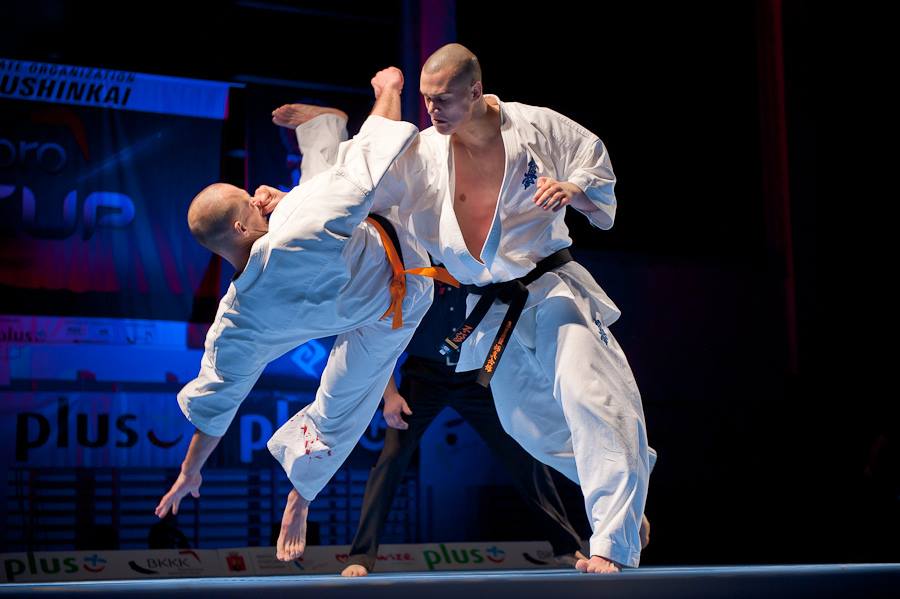
Tempo Intervals
Goal: speed up recovery, improve aerobic fitness and work capacity
Fight Application: the more you can train, the more you can improve. Tempo intervals help you spend more time in the gym longer without overtraining.
The tempo interval method will help you develop localized muscular endurance. Every combat sport athlete knows just how grueling training in the gym day in and day out can be. Because of this, it’s often important to use training methods that can improve conditioning without putting any additional wear and tear on your body. Made popular by the late Charlie Francis, tempo intervals fit this bill perfectly and are one of the best ways to build aerobic fitness and work capacity at the same time without the added risk of injury and stress that comes along with some of the higher intensity interval methods.
Francis used to have his sprinters – some of the most explosive and powerful athletes in the world – perform what he called “tempo runs” on lower intensity training days. These tempo runs generally consisted of short sprints of 12-15 seconds at 75% or less of their maximum speed with about 1 minute or so of rest between sprints. Even though the short sprint events Francis coached were extremely explosive and anaerobic in nature, he believed these lower intensity aerobic intervals played a key role in building work capacity and improving speed.
For combat sports, tempo intervals can be applied in many different forms, ranging from general activities like the sprints that Francis used, to more specific drills such as hitting the heavy bag or doing pad work. The important thing is that the intensity of the work intervals is kept at 75% or less of your maximum with the duration no more than 12-15 seconds. You can rest between intervals for 1 minute or until your heart rate comes down to 130-135, whichever comes first.
Tempo intervals can be performed on days when you’re not in the gym or as a second workout of the day to help speed up recovery between intense training sessions. Once they include tempo intervals in their program, many athletes report having more energy for their hard workouts and a noticeable improvement in their conditioning.
The key to tempo intervals is to not go 100%, but instead stay at a low-moderate intensity of around 70% of your max for 10-12 sec followed by a 60 sec break.
Reactive Power Intervals
Goal: increase repetitive explosive power output
Fight Application: throwing explosive combinations and being able to rapidly change directions are essential to inflicting damage, finishing fights, and good defense
Every fighter understands the value of explosive power in combat sports and many believe that interval training is a great way to this sought after quality. Although this can certainly be true if the right interval methods are used, many of the most commonly used interval methods – Tabata intervals in particular among them – are not the most effective tools for this specific purpose.
Repetitive explosive power is largely a function of the nervous system’s ability to rapidly recruit muscle fibers, the percentage of these fibers that are fast-twitch, and specific elastic properties of the muscles themselves. If you think of muscles as somewhat like rubber bands in their ability to stretch and contract, this last quality refers to how fast the muscles recoil when they are stretched and this is a quality that can be enhanced through training.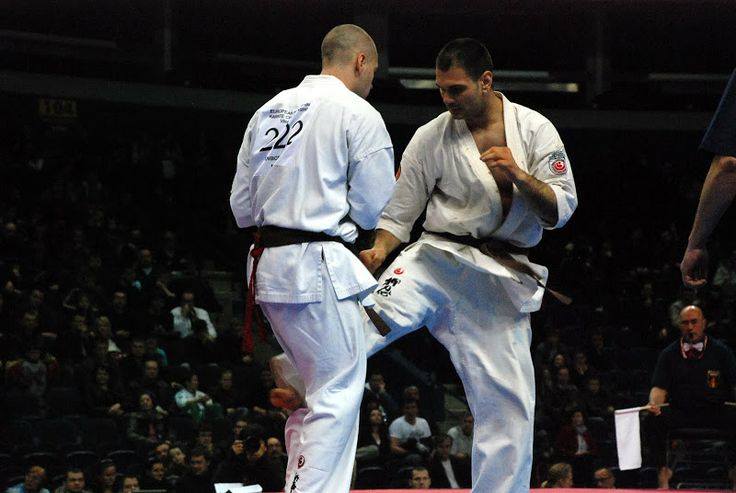
Almost everyone is familiar with plyometrics and the entire paradigm of plyometric training was designed largely developed to serve this exact purpose. Reactive power intervals are an effective blend of plyometrics and intervals and while most interval methods fall short in improving explosiveness because they are often performed in a constant state of fatigue, reactive power intervals take a unique approach and produce far better results.
One of the main keys to performing reactive power intervals correctly is selecting the right exercises for the method. Exercises that are commonly used for plyometrics like hurdle, box jumps or broad jumps, medicine ball throws into a wall, explosive push-ups and pull-ups, etc. are the most appropriate for this form of interval. The primary requirement is that the working muscles are actively stretched under load and then rapidly recoiled to produce maximum force.
Regardless of the exercises you choose, you’ll need to perform 6-8 seconds of maximum intensity work – in other words, be as quick and explosive as you possibly can – followed by at least 90 seconds or more of complete rest. You should not feel fatigued when using this method as it’s vitally important to use as many of the fast-twitch fibers as possible during each and every rep and fatigue is a clear sign that they are no longer producing force. Along these lines, make sure to rest at least a full 5 minutes between different exercises when using this interval method for best results.
VO2 Max Intervals
Goal: increase the strength of the heart
Fight Application: maintain strength and power throughout a fight by delivering more oxygen to working muscles
Just as the name implies, these intervals are designed to push your cardiovascular system to its limits and improve VO2 max – the maximum amount of oxygen your system is capable of delivering to your working muscles. These intervals are designed to strengthen the most important muscle in your body, your heart, and are as grueling as they are effective at doing so.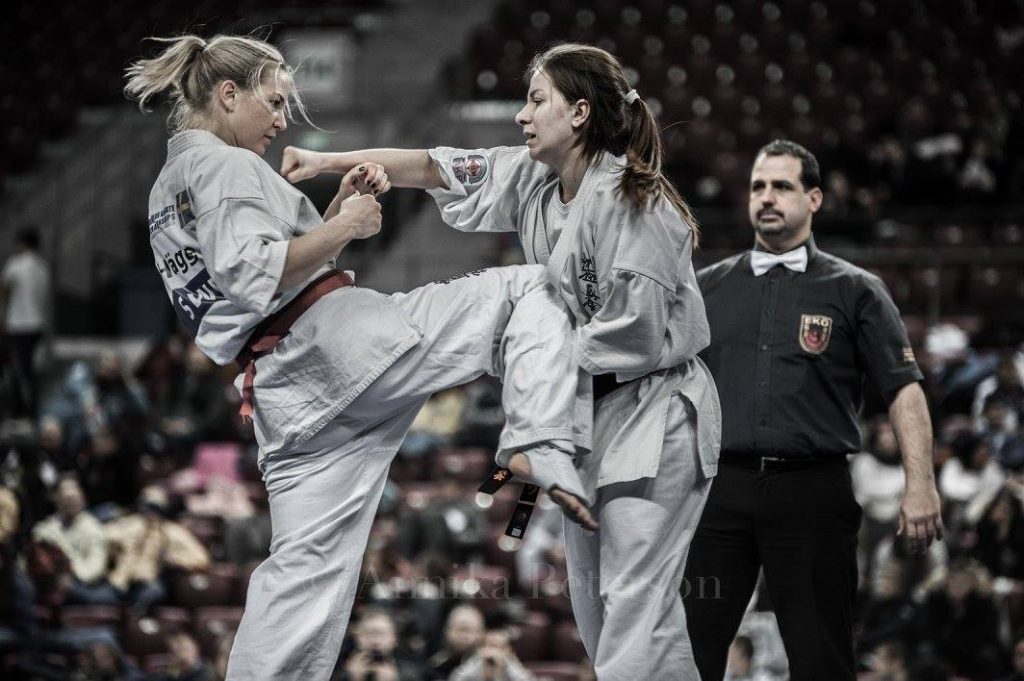
Because all combat sports require a great deal of aerobic horsepower, improving your VO2 max can make a big difference in your conditioning. Quite simply, more oxygen delivered to working muscles means their endurance will improve because they’ll have to rely less on anaerobic processes for the ATP fuel the need to contract. A stronger heart will deliver more oxygen than a weaker one and developing this type of cardiac strength is an absolute must to have a good VO2 max and good conditioning.
To perform VO2 Max intervals correctly, you need to be prepared to reach your true maximum heart rate. It’s only at the upper limits of your heart’s capacity that its ability to deliver oxygen under maximum load is challenged and thus improved.
Each work interval should be 2-4 minutes long and your goal should be to reach the highest heart rates possible during each rep. This means you’ll have to go 100% and use exercises/activities that use a lot of muscle like sprints and combat sports specific drills.
To make sure you’re hitting your target, it’s a good idea to use a heart rate monitor when performing VO2 max intervals. Keep in mind that the popular “220-your age” formula for determining your maximum heart rate is largely inaccurate and a myth– the only real way to determine your max is simply to go as hard as you can until your heart rate stops going up. Make sure to rest at least 2-3 minutes between reps and only start the next rep when you’re ready to perform at 100% again.
When performed to the limits, VO2 max intervals will take a lot out of you and are not easy on the body so it’s important to do them no more than once or twice per week. If you’ve got an upcoming fight, you’ll want to use fight specific drills for these intervals as much as possible. Fortunately, the changes that occur in the heart as a result of this intense cardiac work generally last at least 10-14 days even after you stop doing them so you can let yourself recover during the week leading up to a fight and still see the benefits of these intense intervals.
High Resistance Intervals
Goal: increase endurance of the fast-twitch muscle fibers
Fight application: slow down the rate of fatigue and improve muscular endurance and throw the KO punch just as easily in round three as in round one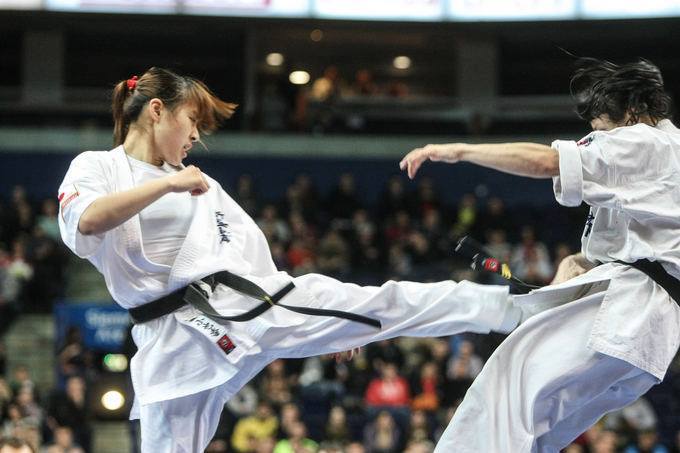
“High resistance intervals” is a name I came up with to describe a particularly effective interval method aimed at improving the endurance of your most explosive fast-twitch muscle fibers. Although the endurance of these fibers will never be to the level of slow-twitch, it’s still possible to make large improvements in their endurance with the right type of training. The longer these explosive fibers can work before they fatigue and force you to slow down, the better your ability to maintain your power throughout a fight will be.
Unlike other interval training methods that primarily work to improve endurance of the fast-twitch fibers by using high speeds – requiring you to go as fast as you possibly an in order to activate the fast-twitch fibers – this type of interval instead relies high resistance to accomplish the same thing. The advantage is that because the resistance is higher and the speed is lower, there is generally less risk of injury, less wear and tear on joints, and you can perform them at higher volumes and see better results.
To perform high resistance intervals as effectively as possible, you must follow a few specific guidelines. First, you need to be able to add a fair amount of resistance to whatever exercise or activity you choose to use for them. The simplest way to meet this requirement is by doing sprints up a steep hill or on an inclined treadmill.
The added incline increases the resistance and makes sure you’re recruiting the fast-twitch fibers during the exercise – if they aren’t recruited, their endurance won’t improve. You’ll want to select a resistance that slows the movement down to somewhere between 70-80% of the speed you’d be able to go with no resistance at all. A general rule of thumb is to use somewhere between 20-40% of the maximum resistance, but this really depends on the specific exercise(s) you choose to use for these intervals.
Next, because prolonged anaerobic exercise inherently results in the accumulation of various metabolic byproducts that can actually have a negative effect on endurance, it’s absolutely essential to keep the work intervals very short, generally no more than 5 seconds. Keeping the work interval so short avoids a buildup of these byproducts and ensures the right cellular environment within the working muscles is created for the endurance of the fast-twitch fibers to improve.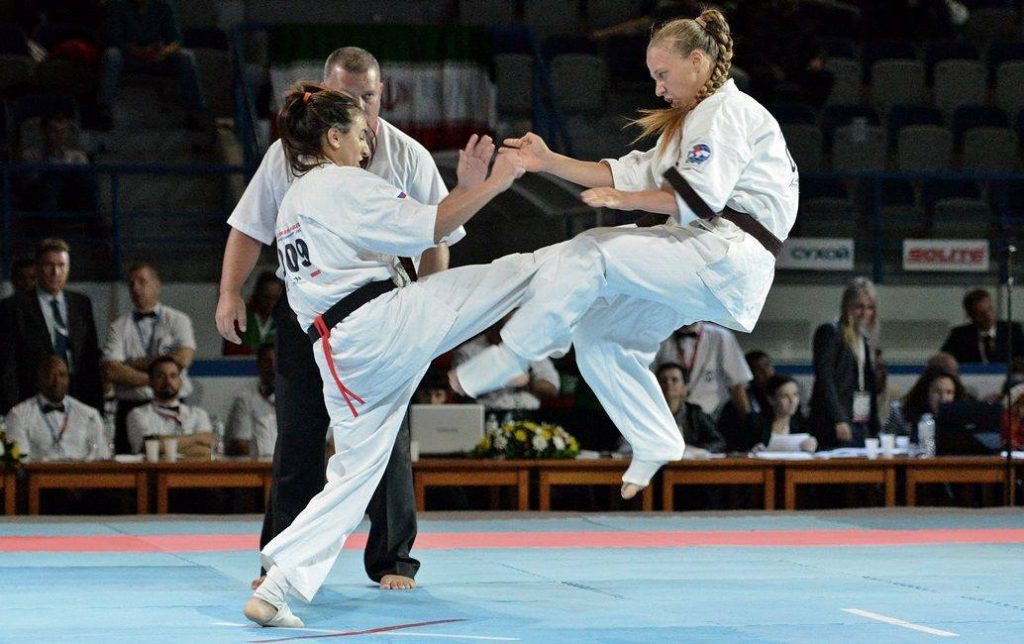
Finally, you’ll need to use fairly long rest intervals between each rep, as much 60-90 seconds – you can also use recovery to heart rates of 130-140 if you’re using a heart rate monitor. For the best results, you can perform these intervals twice per week, at least three days apart. The low work: rest ratio, along with the high resistance used, makes these high resistance intervals both unique and effective at improving explosive-endurance.
It is essential to have 5 sec of high resistance and high intensity exercise followed by a rest interval that brings the heart rate back down to 130bpm or lasts 60 sec.
Interval Program Guidelines
How and when to precisely use the different interval methods described above is a matter of your individual physical abilities, needs, goals, and overall training program. Just as no two athletes are exactly alike in these areas, no one-size-fits-all interval training method or interval training program will ever produce the same results as one that takes these individual factors into account.
Those with lower levels of fitness and work capacity – the amount of training you’re able to effectively recover from – can spend most of their efforts using a mix of tempo and high resistance intervals. Following the amateur interval training program below will get you started and improve your fitness.
If you’ve already got a solid base of training and a relatively high level of fitness, you can immediately begin incorporating higher intensity interval methods into your training. Remember though, you always want to begin by using the lowest amount of volume and intensity that produces results and then increase from there. Start by following the Pro Interval Training program below and get ready to see dramatic fitness and conditioning improvements.
Amateur Interval Training Program
| Method |
Monday |
Tuesday |
Thursday |
Saturday |
| Tempo Intervals |
12-15 x 12s – 60s rest |
10-12 x 12s – 60s rest |
||
| Reactive Power |
5-10 x 8s – |
|||
| VO2 Max |
3-5 x 3min – |
|||
| High Resistance |
15-20 x 5s – 60s rest |
8-10 x 5s – |
Pro Interval Training Program
| Method |
Monday |
Tuesday |
Thursday |
Saturday |
| Tempo Intervals |
15-20 x 15s – 60s rest |
12-15 x 12s – 60s rest |
||
| Reactive Power |
5-10 x 8s – |
|||
| VO2 Max |
8-10 x 4min – |
6-8 x 4min – |
||
| High Resistance |
10-12 x 5s – 60s rest |
8-10 x 5s – |
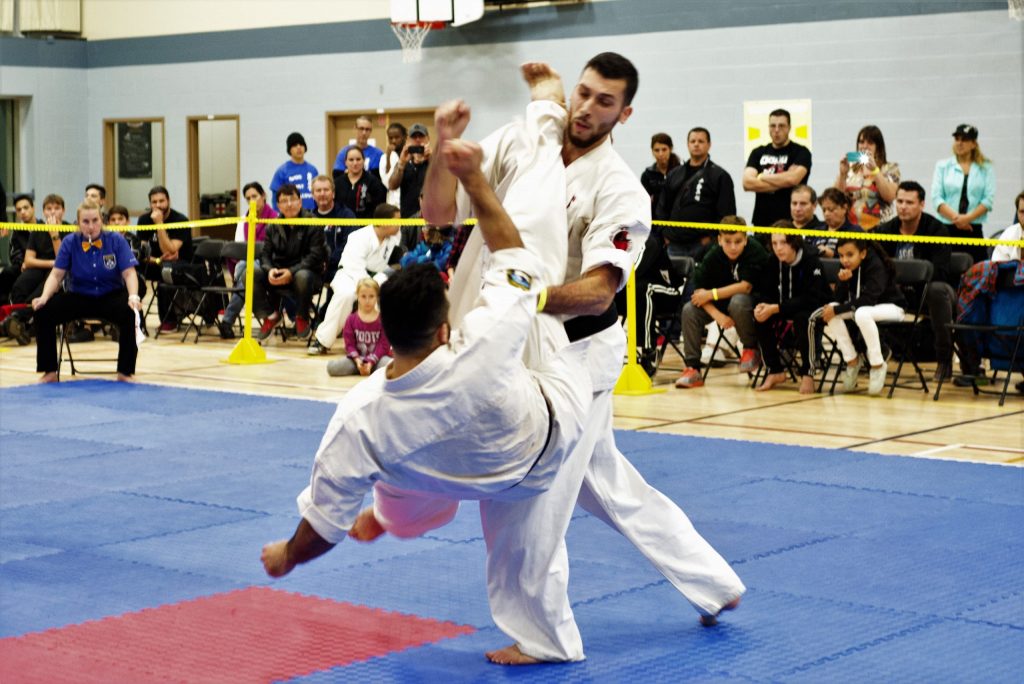
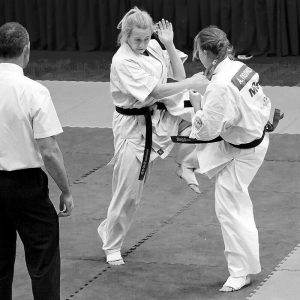
 Joel Jamieson is widely considered one of the world’s foremost authorities on strength and conditioning for combat sports, having trained many of the sports best athletes since 2004. He is the author of the bestselling book “
Joel Jamieson is widely considered one of the world’s foremost authorities on strength and conditioning for combat sports, having trained many of the sports best athletes since 2004. He is the author of the bestselling book “
Dear Scott-san,
1. SOLID article.
2. The best way to truly understand the ‘differing mediums’ within training (i.e. Lactate Tolerance, VO2 Max, etc), is to apply , learn and understand these concepts of Barrier Testing within the world of Olympic Development Swimming.
Osu !